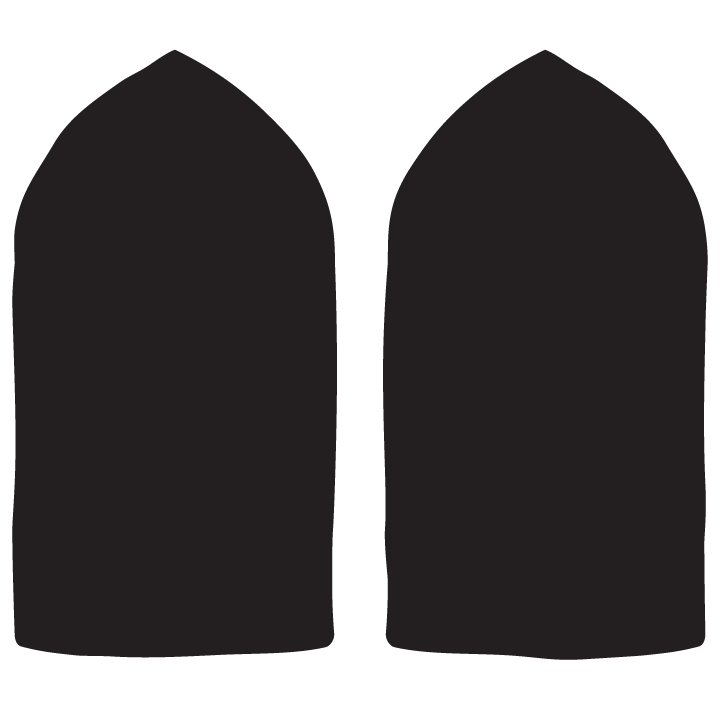There is something really frightening about Cloverfield, and I don’t think it has much to do with the giant lizard-esque monster that destroys Manhattan. To be sure, Cloverfield is a top-notch thriller/horror/disaster/monster movie. It’s Godzilla meets Blair Witch meets 9/11 with some Independence Day mixed in. Most of all it’s a thoroughly 21st-century movie. This is the first classic of the YouTube era: a film that references YouTube in subject, style, and marketing. Which brings me to the “really frightening” thing about this movie. Why does it feel so enticingly real?
For a movie that is about a mutant beast that sheds bug-like minions all over midtown Manhattan, you’d think it’d be a fairly easy film to write off as fanciful popcorn bombast. But I was totally engrossed in the film in a way that goes beyond “suspension of disbelief for the sake of fun.” I got sucked in and felt—against all my mechanisms of logic—that this might actually happen. But how in the world could I think that?
Perhaps it is the same reason why scores of office workers, fratboys, and otherwise bored computer users can be so utterly enthralled by “amateur” videos on YouTube. Whether it’s a tasing caught on cellphone camera or a safari-cam capturing a three-way battle between lions, buffalo and crocodiles (this was viewed more than 24 millions times), we are totally in love with the “stumbled upon” aesthetic of “stuff Hollywood can’t make up.”
Thus, even when what we see on screen is stuff Hollywood can, and often does, make up (destructive monsters in Manhattan), the fact that it is seen through a trustworthy “one of us” lends the whole thing a compelling layer of authenticity. Even if we know deep down that this is a fake film shot just like other fiction films, we still feel it to be more believable (or at least I did).
The guy behind the camcorder in this film is a hapless fratguy named “Hud,” clueless about most things but, interestingly, completely devoted to documenting everything that goes on (because “people will want to know how it all went down”). Maybe it’s instinct. Maybe it’s narcissism. Maybe he’s nervous and needs something to do. But what I really think it is—and what really gives this film a creepy resonance—is that Hud thinks his camera can shield himself from the reality of the situation. As long as the camera is rolling, Hud is directing a dramatic story that is “just a movie” (he even composes shots and “directs” emotional dialogue scenes like a pro might). As the chaotic events unfold all around him and his friends, everyone feels like they are in a movie. Their first instinct is to make it so.
As the decapitated head of Lady Liberty crashes into a crowd of confused New Yorkers standing out in the street… everyone does what we all are now conditioned to do: take cell phone pictures. Some horrific stuff is going down… but it might make the news if we get a good picture.
Cloverfield is very 9/11-inspired, not just in the NYC disaster sort of way, but in the way the horror feels so very mediated. Some of the most striking imagery of the film heavily references 9/11, especially the 9/11 as seen on TV or through the amateur lenses of people running on the streets. One scene in particular—of victims fleeing a wall of ash after a tall building collapses—is a direct quote of the now famous 9/11 footage from the Naudet brothers (the French filmmakers who happened to have a camera rolling when the first plane hit the North Tower… and kept it rolling for the rest of the day). At other points in Cloverfield there are surreal moments when looters or dazed bystanders crowd around TVs to watch the live news coverage of the mayhem happening just blocks away. Perhaps it is a comfort to see the monster framed in a 42 inch plasma screen—even while the ground rumbles and screams echo throughout the city.
Cloverfield packs a wallop, in part because it takes our media-obsessed curiosity and slaps it in our face. We are increasingly prone to gawk, to see what the fuss is about, to be “in on” whatever gruesome or unlikely anomaly is out there to be recorded. This is why Cloverfield’s cryptic “what is this about” marketing campaign worked so well. We have to know. We have to look. We must be a witness. People will want to see how it all went down... It's entertainment.

